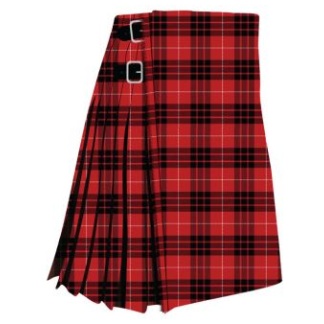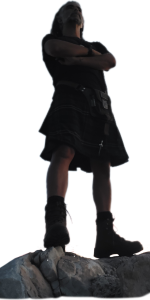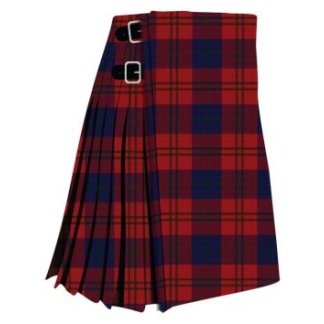Clan Wotherspoon Tartan Kilt
$99.00
The Clan Wotherspoon does not have a well-documented tartan history like many of the more prominent Scottish clans. The Wotherspoon name is not as common in Scottish clan lore as some other surnames, and as a result, there is no officially recognized Clan Wotherspoon tartan.
Tartans are often associated with well-established Scottish clans, and their designs have been passed down through generations. In the case of less common or smaller clans, they may not have their own specific tartan, or if they do, it might not be widely recognized or recorded.
That said, it’s possible that individuals or smaller family groups with the Wotherspoon surname have created their own tartans or adopted existing tartans, but these would be unofficial and not part of a broader clan tradition.






